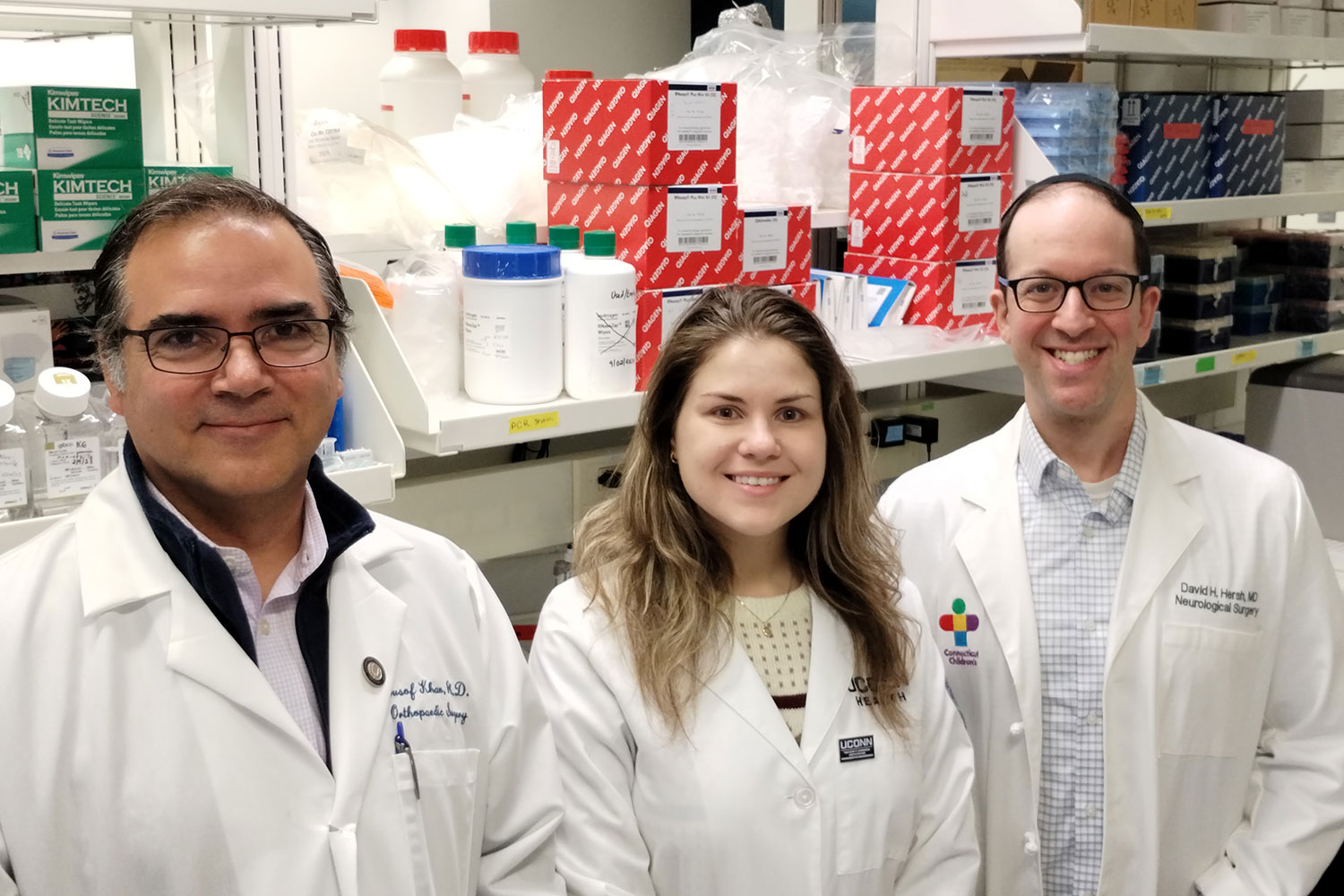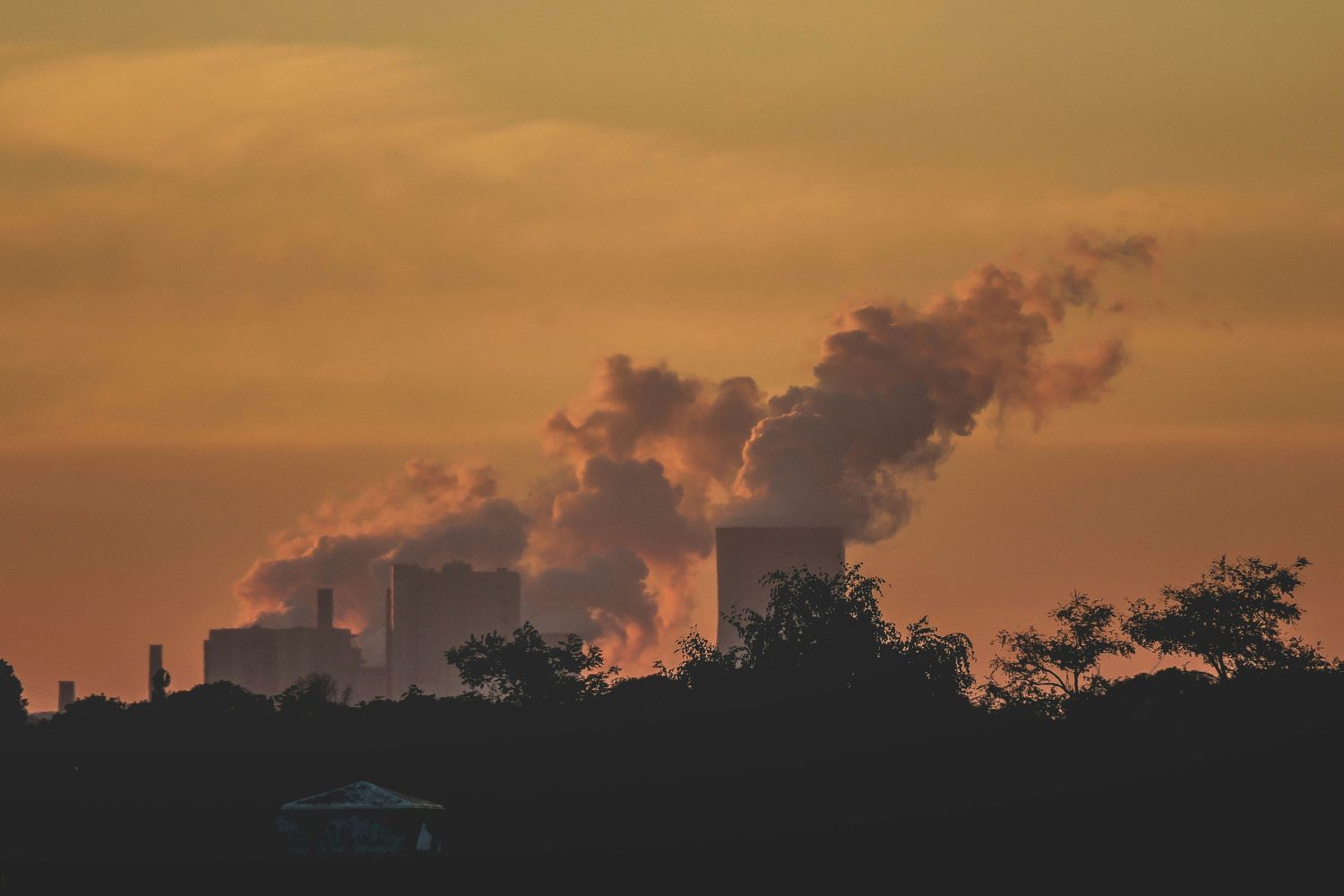Nearly 500 master’s and doctoral students pursue graduate studies within the School of Engineering’s five departments and 10 graduate programs. Our students represent diverse cultural traditions, backgrounds and interest areas; all of them are dedicated researchers with the energy and insight to advance important technological ideas. Read about some of them below.
 Jonathan P. Winterstein (Ph.D. candidate, Materials Science & Engineering)
Jonathan P. Winterstein (Ph.D. candidate, Materials Science & Engineering)
B.S. Washington State University – Pullman
Jonathan, who is supported by a prestigious National Defense Science & Engineering Graduate (NDSEG) Fellowship, chose UConn because of the opportunity to work with Dr. C. Barry Carter. His thesis involves chemical and structural characterization of oxide ceramics with applications in alternative energy generation. “Defects and surfaces play a critical role in the performance of catalysts and electrolytes in solid-oxide fuel cells. Hopefully my research will lead to methods of engineering these ceramics for optimal properties.”
 Jessica Chau (Ph.D. candidate, Environmental Engineering)
Jessica Chau (Ph.D. candidate, Environmental Engineering)
B.S. Muhlenberg College, Allentown PA, ’99; M.S. UConn, ’06
“I got interested in environmental engineering after I taught an environmental modeling class in the UConn math department. It seemed like such an important and relevant way to apply my math skills.” Jessica’s thesis involves bacterial diversity in soil as a function of soil texture. “Bacteria depend on water for hydration and nutrient diffusion, and the physical micro-environment of soils determines the size and connectivity of water pockets. Less connectivity of the soil water means more isolation, which could foster greater bacterial diversity.”
 Wesley Marshall (Ph.D. candidate, Civil Engineering)
Wesley Marshall (Ph.D. candidate, Civil Engineering)
B.S. University of Virginia, Charlottesville, ’98; M.S. UConn ’06
Wesley was impressed by the excellence of the faculty, particularly his advisor, Dr. Norman Garrick. His thesis involves community design, road safety, and transportation sustainability. “The overall goal of my dissertation is to increase our understanding of the underlying factors of street and community design that shape our safety and transportation sustainability outcomes. The results should help inform the crafting of planning policies that could lead us toward transportation sustainability and a reduction in road fatalities for all users of our transportation system.”
 Yasaman Ardeshirpour (Ph.D. candidate, Electrical Engineering)
Yasaman Ardeshirpour (Ph.D. candidate, Electrical Engineering)
B.Sc. and M.Sc. Tehran University
Yasaman’s thesis involves diffuse optical tomography using near infrared (NIR) light, which “provides a unique approach for functional and molecularly-based diagnostic imaging of breast cancers and monitoring chemotherapy response. In our clinical studies, we encounter a subset of patients whose chest-wall causes distortion of NIR light reflectance measurements, which in turn distorts the image. I am modeling an irregular interface between breast tissue and chest-wall and incorporate it into our 3D optical imaging reconstruction.”
 Swetaprovo “Sweto” Chaudhuri (Ph.D. candidate, Mechanical Engineering)
Swetaprovo “Sweto” Chaudhuri (Ph.D. candidate, Mechanical Engineering)
B.S. Jadavpur University, India
Sweto’s studies involve the dynamics and diagnostics of turbulent reacting flows. “Afterburners of advanced jet engines and low NOx gas turbine engines have a common problem of potential flame extinction as these energy conversion devices are almost always subjected to complex interactions of heat release and flow oscillations. The challenge is to understand the flame blowoff phenomenon and the flow field under these perturbations by use of laser-based spectroscopic techniques.”
 Zhong Zhou (Ph.D. candidate, Computer Science & Engineering)
Zhong Zhou (Ph.D. candidate, Computer Science & Engineering)
B.S., M.S. Beijing University of Posts and Telecommunications, Beijing, China
“UConn Engineering is quite famous and strong in my major. In particular, the UWSN Lab (uwsn.engr.uconn.edu) has performed lots of pioneering work in underwater communication and networking.” His thesis focuses on several critical design issues of UWSN, including network localization, medium access control (MAC) and cross layer design.


